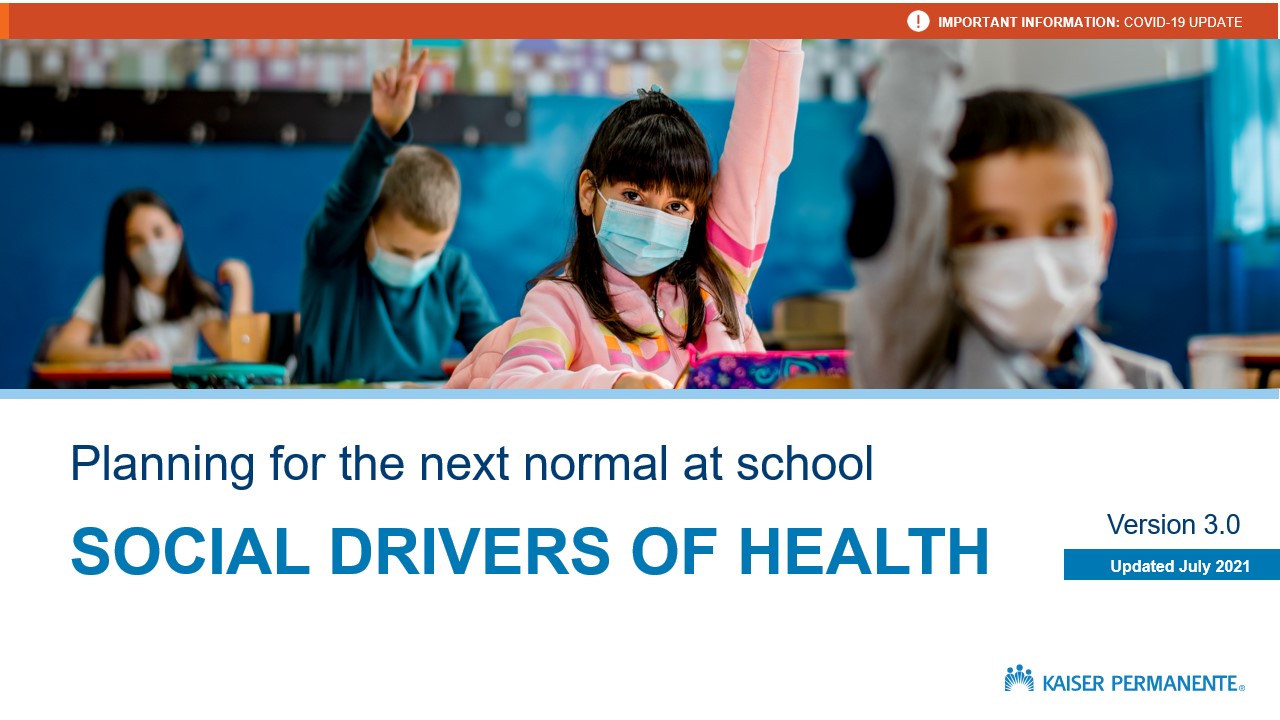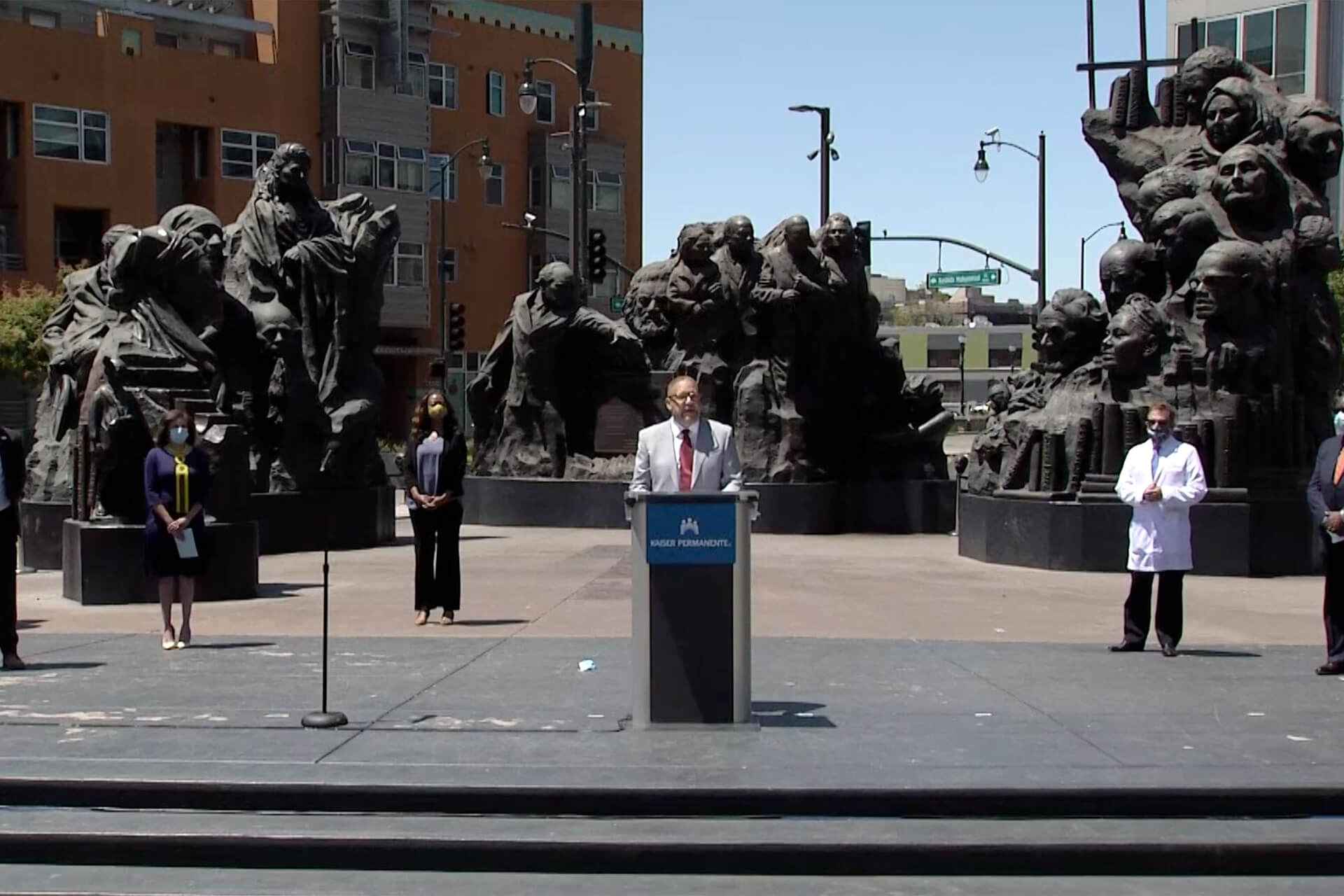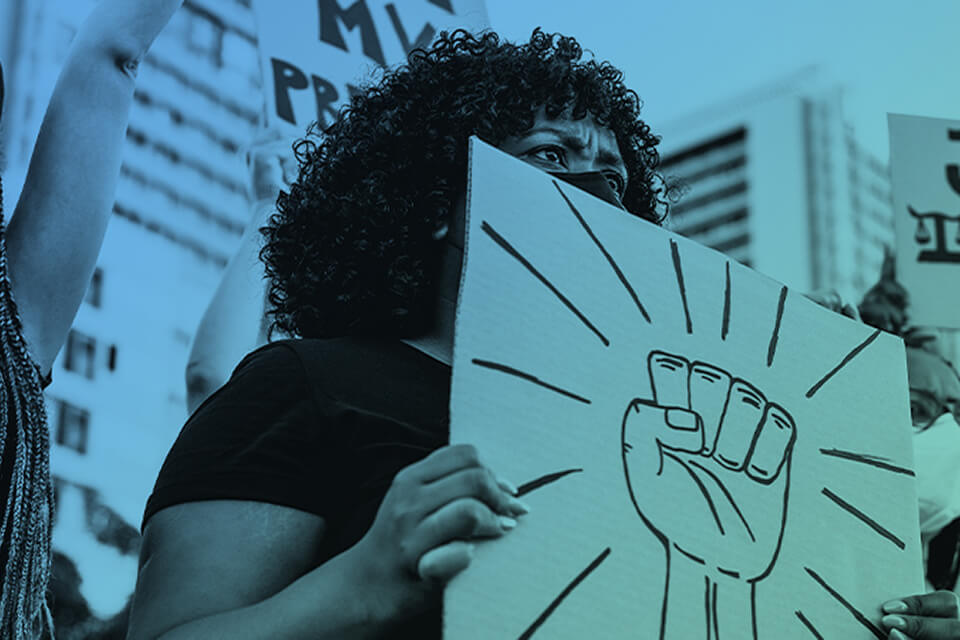Racial Justice
Schools are unique places in our communities where individuals from diverse backgrounds — social, economic, cultural, linguistic, and experiential — come together to learn and grow. And while those differences in our backgrounds can make for dynamic learning environments, so too, they can highlight the fact that not every student is given an equal footing to thrive.
Schools are institutions. And like many institutional systems and structures, particularly in the U.S., schools have played a role in creating and perpetuating racism and racial inequities. Racism, childhood trauma, inadequate health and nutrition supports, and lack of access to early learning experiences can put students at a disadvantage, exacerbating gaps in basic skills such as reading and math from one student to the next. In order to foster the flourishing of human potential, schools must address the legacy of racism head on and work to foster racial justice and equity for all members of the school community.

Thriving Schools’ commitment to racial justice
Thriving Schools is committed to supporting schools and districts to improve the culture and condition of school environments as well as the ability of teachers and staff to provide all students with the support they need to be on a path for success. We are working with experts in the fields of equity and inclusion to ensure that our programming strengthens cultural awareness in school leaders, instilling greater understanding of sociocultural and historical trauma and recognition of implicit/explicit bias.
We have laid a strong foundation for equity and inclusion in how we designed Thriving Schools and the services it offers. Yet, we know we have much more work to do to continue to dismantle racism, to redress health inequities, to heal the pain that BIPOC individuals and communities have experienced, and to advance opportunities for all people to attain educational success and live healthy, productive lives. We are committed to this work, in school communities and beyond, and welcome your partnership along the way.











